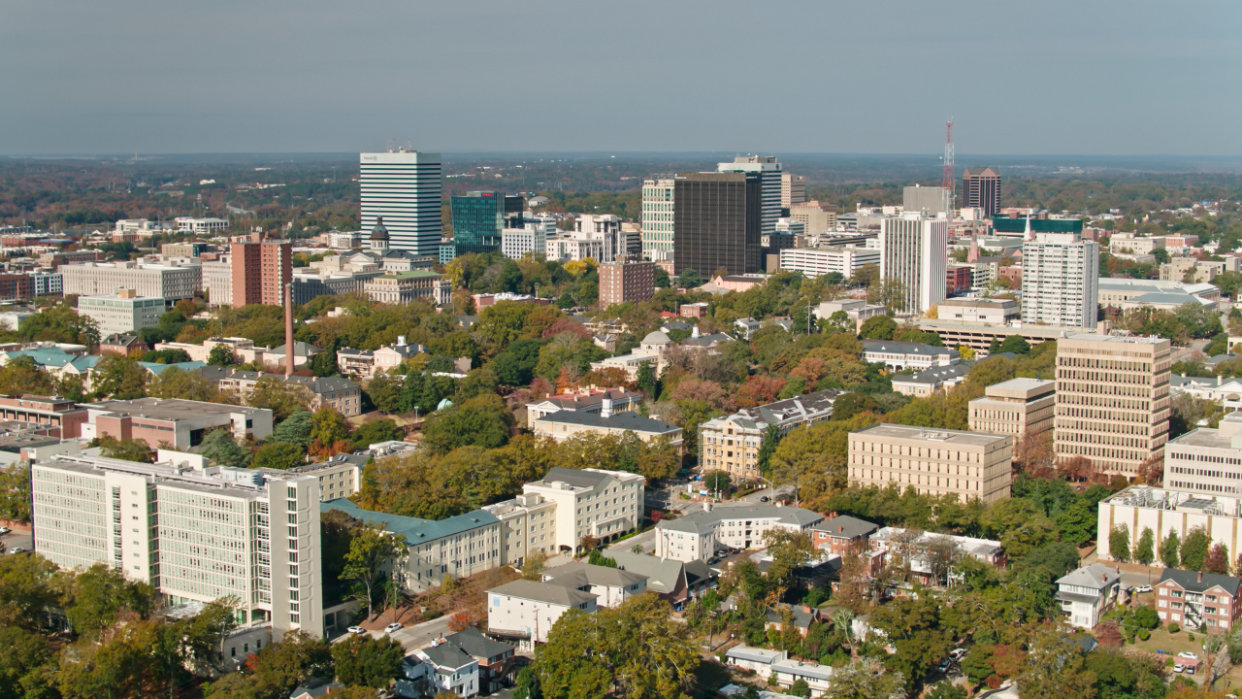University Of South Carolina Unveils Monument Honoring Black Students Who Desegregated Campus

- Oops!Something went wrong.Please try again later.
An impressive monument was unveiled at the University of South Carolina to honor Robert Anderson, Henrie Monteith Treadwell and James Solomon Jr. — the three students whose enrollment 60 years ago changed the course of the university’s history.
The Board of Trustees commissioned a 12-foot bronze monument near McKissick Museum. In 2022, the school shared news of sculptor Basil Watson being selected for the project — his renowned artistry tributes to Martin Luther King Jr. and Rep. John Lewis.
“It has been a long journey but a gratifying one that gives a sense of pride, knowing that my contribution will be a lasting monument to the building of a legacy that represents values of equality and justice,” Watson said in a statement.
USC President Michael Amiridis, Board Chairman Thad Westbrook, and civic leaders were on hand to unveil the statue. Treadwell, Solomon and Anderson’s family members also attended.
“This inspiring monument, standing tall at the heart of our historic Horseshoe, will bear witness every day to the university’s unwavering promise to provide educational opportunities for all,” Amiridis said. “This is our responsibility to the people of South Carolina.”
Read more about the significance of this monument by visiting https://t.co/ATJPV8cG3X 3/3
— Center for Civil Rights History & Research (@UofSCCRC) April 19, 2024
As a 16-year-old, Treadwell initiated the desegregation lawsuit that led to integration at USC. According to Essence, she is the university’s first Black graduate since Reconstruction. After graduating from USC, Anderson and Solomon made significant contributions to their communities and professions. Anderson majored in political science, and Solomon was a math graduate student.
The monument’s location outside of McKissick Museum symbolizes its proximity to the Osborne Administration building and is near the university’s Visitor Center. In Treadwell’s view, it will serve as a symbol of the university’s progress.
“I want them to see a place where all are welcome that has embraced the fact that we are different people,” Treadwell said. “I want them to see in my colleagues, but also in myself as a woman, someone who said, ‘I can do this. This should be done so that you can also come.’ That doesn’t mean you as simply African American, but you as a member of society.”
“Everybody is welcome here. And that’s really what I want people to think about. This university took a huge step that day, and it is continuing to walk forward,” Treadwell added.

